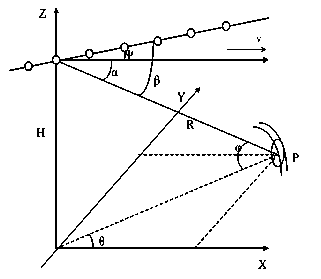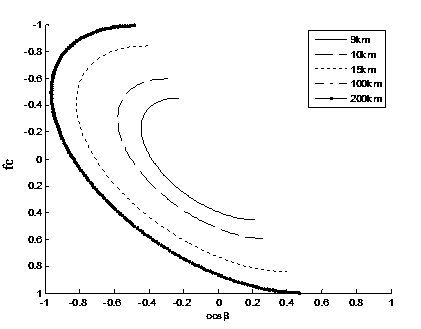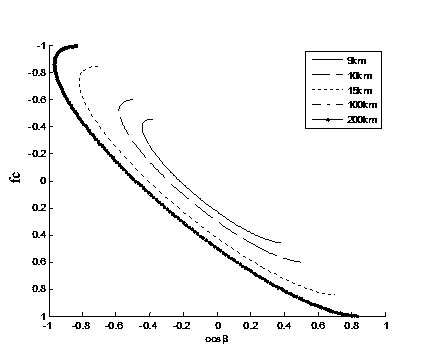Airborne radar clutter self-adaption restraining method based on main-lobe clutter registering
An airborne radar, self-adaptive technology, applied in radio wave measurement systems, instruments, etc., can solve the problems of reduced MVDR spectral resolution, large amount of calculation, poor compensation performance, etc.
- Summary
- Abstract
- Description
- Claims
- Application Information
AI Technical Summary
Problems solved by technology
Method used
Image
Examples
Embodiment Construction
[0063] Below in conjunction with accompanying drawing, technical scheme of the present invention is described in further detail:
[0064] Airborne radar geometry such as figure 1 shown. Assuming that the radar antenna is a uniform linear array, the aircraft flies along the X-axis at a speed v, and β and α are the included angles of the scatterer P relative to the antenna axis and the direction of the speed v, respectively. Consider the non-frontal side-view array, ψ is the yaw angle, θ and are the azimuth and elevation angles, respectively. The flying height of the carrier aircraft is H, the number of antenna elements is N, and the number of time-domain pulses in a coherent processing interval is K, then the noise signal received by the l-th distance unit is:
[0065] X l = Σ i = 1 N c σ ...
PUM
 Login to View More
Login to View More Abstract
Description
Claims
Application Information
 Login to View More
Login to View More - R&D
- Intellectual Property
- Life Sciences
- Materials
- Tech Scout
- Unparalleled Data Quality
- Higher Quality Content
- 60% Fewer Hallucinations
Browse by: Latest US Patents, China's latest patents, Technical Efficacy Thesaurus, Application Domain, Technology Topic, Popular Technical Reports.
© 2025 PatSnap. All rights reserved.Legal|Privacy policy|Modern Slavery Act Transparency Statement|Sitemap|About US| Contact US: help@patsnap.com



